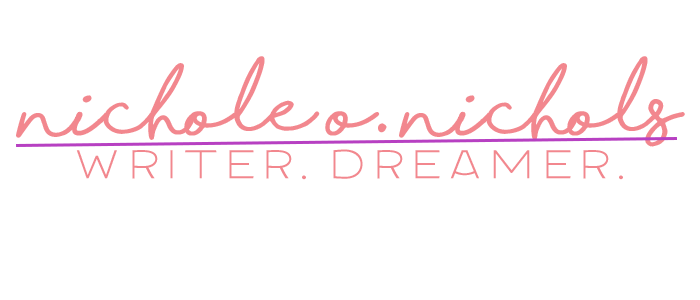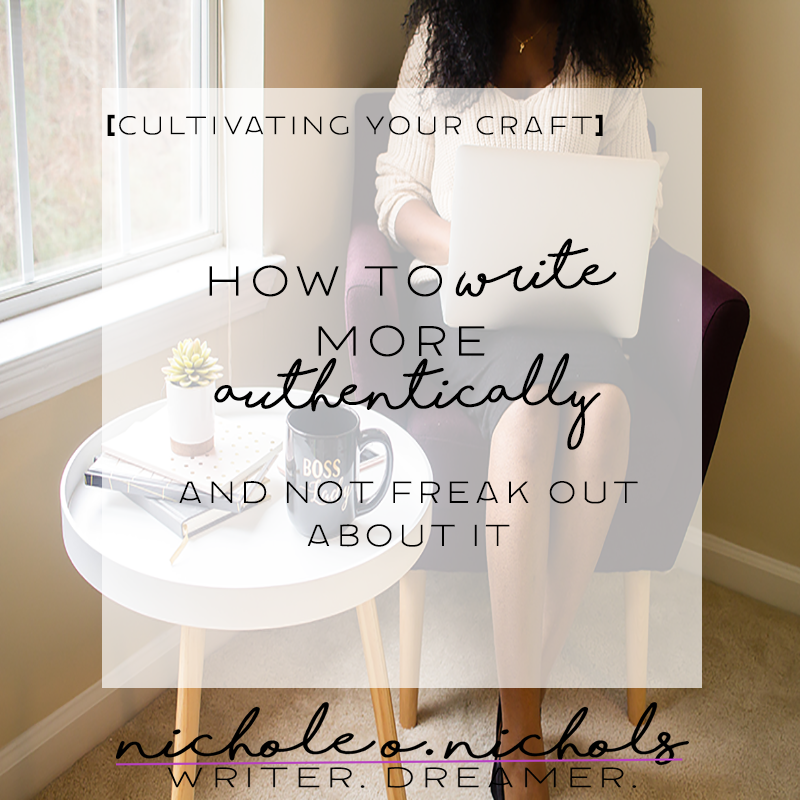I’ve been in an everlasting struggle with the dissonance between my wardrobe and my personal style ever since grade school. For years, I’ve spent mornings looking for my own reflection in a closet full of clothes that didn’t quite look like me.
This year, I’ve decided to correct all this by reading Anuschka Rees’s The Curated Closet: A Simple System for Discovering Your Personal Style and Building Your Dream Wardrobe while I follow along by implementing her suggestions as I make my way through the book. The first step in her process toward a more personal style-aligned, carefully edited wardrobe is assessing what’s currently in my wardrobe and how I put those things together in outfits, so I started by taking photos of my outfits for the past two weeks and collecting them in a secret Pinterest board.
Much of what I noticed is what I expected: pants that don’t fit or drag when I walk, dresses that look too matronly, and shirts that either drape sloppily over my body or ride up constantly requiring me to yank them down all day. Black is an overwhelming color in my wardrobe, even though I love color so much that Pantone’s announcement of their Color of the Year is one of the highlights of the year for me. (By the way, 2018’s color is Ultra Violet, my favorite shade of my favorite color…just in case you were wondering.)
Like I said, this is what I already knew. My wardrobe is boring, kind of sloppy, void of color, and the opposite of who I really am, but buying a closet full of clothes that are none of these things isn’t the cure. A huge part of Rees’s advice in her book revolves around spending lots of time getting in touch with yourself, studying what you like and why you gravitate toward those things, and honing that self-knowledge down into a guide on how to reflect the inner, intangible parts of you to the outer world through the way you dress. That’s what personal style is, and people with the best personal style are the ones who know themselves well enough to consistently pick only pieces that they see themselves shining brightly through.
And that’s where personal style and great writing have a lot in common.
The same process that you must go through to arrive at a wardrobe full of pieces that make you look perfectly pulled together no matter which combination of them you happen to throw together is the same process that you must go through to write exactly what you want to say in a way that shines with your unique essence while it resonates with your audience. If you’re freaking out about writing more authentically, it’s probably because the thought of writing in a way that’s more truthful to who you are and how you really feel is your first step into this process of discovering yourself, and it scares you. However, the only way that gets better is if you push through it.
We spend a lot of time in this society trying to meet other people’s expectations and deadlines while also trying to defy their doubts about us. Shifting energy from building ourselves into what others want or need us to be to building ourselves into what we envision for ourselves is a major life change that starts with these four steps:
STRIP DOWN
Before you can start to write (and dress) from a place of self-knowledge, you’ve got to strip away the layers that you’ve been hiding behind that have built up over the years. These layers come from all the elements that we’ve dealt with in our lives that never really fit us. They are jobs we weren’t passionate about, relationships that we outgrew but stayed in too long, or expectations that were more about pleasing someone else than about what was best for us. We use these layers as excuses for why we can’t write what we know we should be writing. Strip all of that away, layer by layer, until you get down to your bare self. Who are you without these ill-fitting layers?
STUDY YOURSELF
Now that you’ve stripped all the layers away, take some time to study what’s left. What are some truths about you that you need to admit to yourself? What are your passions?
The more you ask yourself these questions and others like it, the more you will be comfortable with answering them and writing about the process that you went through to get to the answers.
BE ATTENTIVE TO YOUR ATMOSPHERE AND EXPERIENCES
Pay attention to how your experiences and your surroundings shape you, especially now that you have shed all the stuff that was hiding your true self from you. It’s very easy to fall into the habit of rushing through the meaningful moments that happen in our lives every day, especially if they are small and seemingly mundane. Great writers who have a strong sense of self know how to funnel their thoughts and assessments about these experiences into the type of writing that’s perfectly nuanced, resonant, and magical...all things that come from a place of authenticity.
KNOW THAT ONLY YOU CAN WRITE FROM YOUR VANTAGE POINT, AND YOU HAVE A RESPONSIBILITY TO PUT IT OUT THERE
Only you can write about you and the way you experience things. Your words have the power and the potential to free someone else who is trapped under layers of inauthenticity. Don’t let your fear keep you from the responsibility you have to the people who need your words and your ideas.
WRITE REGULARLY
A regular writing routine paired with all this self work is the ultimate thing that will help you get over your fear of writing authentically. Any skill that we attain must be practiced for us to improve, grow, and master the skill. In the same way that you must practice picking pieces of clothing that reflect the true you, you must practice writing pieces that reflect your true essence. At first, your work may sound corny or amateur to you, but over time you’ll learn to stop holding yourself back by critiquing as you write. Just get it out and polish later.
Being yourself and writing authentically are two of the hardest things to do, especially in a society that constantly tells us to be someone else. Neither is impossible, but they both take more work than many anticipate.



